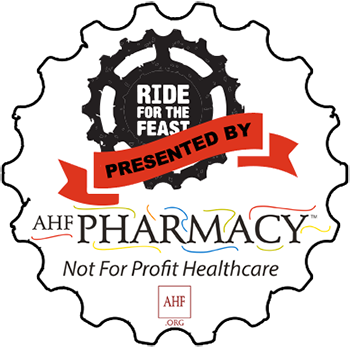TRAINING

Nutrition and Exercise
When training for long distance-type events it is important to maintain healthy eating habits so the body gets the nutrients it needs to maintain exercise performance, while supporting good health. Below are some tips to help you maintain proper eating habits and improve performance.
1. Try not to skip meals. Your body needs the energy to maintain a training regimen, as well as your daily energy needs. When you skip meals, your body begins breaking down sugar and muscle stores for energy, which are needed for good training sessions and performance adaptations.
2. Drink adequate fluids while training. During training and competition, it is important to stay hydrated and drink water regularly. Aim to drink somewhere between your half to total body weight (lbs) in fluid ounces (oz) per day. 130lbs athlete= 65-130oz of water/day.
The American College of Sports Medicine makes the following recommendations.
a. Drink about 17 oz. of fluid 2 hours before exercising.
b. Keep in mind that any weight loss during exercise comes from water loss. It is recommended to replace with 3 cups of fluid for every pound lost during exercise.
c. For moderate exercise lasting longer than 1 hour, you should include carbohydrates and/or electrolytes (e.g. sodium/potassium) to a fluid replacement solution.
d. During intense exercise lasting longer than 1 h (e.g. race day or time trials), it is recommended that carbohydrates be ingested at a rate of 30-60 g/ hour to maintain oxidation of carbohydrates and delay fatigue. This rate of carbohydrate intake can be achieved without compromising fluid delivery by drinking 600-1200 ml/ hour of solutions containing 4%-8% carbohydrates (1gCHO/100 ml).
e. Race day is NOT the time to try new rehydration formulas, water bottles, gels, gummies, etc. Test out ALL supplements and drinks beforehand. New supplements and drinks can cause unwanted side effects like nausea, diarrhea, abdominal cramping, etc.
f. Include complex carbohydrates in your diet. Carbohydrates are the primary form of energy the body uses in vigorous exercise. Complex carbohydrates include vegetables, fruits, beans, legumes and whole grains. For race day or a heavy training session, choose easy to digest carbohydrates before or during exercise (a small piece of fruit, a breakfast bar or a fruit and vegetable smoothie). During training, fill half of your plate with vegetables and a quarter with whole grains or starchy vegetables (sweet potato, brown rice, quinoa, whole wheat pasta, etc).
g. Get adequate protein in your daily diet. Muscle tissue is broken down during and after exercise and needs to be repaired. Protein rich foods give your body the tools it needs to repair itself. Good sources of protein are fish, lean beef and pork, poultry, nuts, beans, legumes and low-fat dairy products. Aim to have one quarter of plate be protein-rich foods (one serving equals 3-5oz).
h. Get in your anti-inflammatory fats (omega-3s). Aim to include plenty of healthy monounsaturated and polyunsaturated fats (omega-6s), which can be found in olive oil, avocados, nuts, most other vegetable oils. Most importantly, include anti-inflammatory fats (omega 3s). The adequate intake for adults is 1g for females, 1.6g for males. Omega 3s can be found in oily fish (sardines, salmon, mackerel, herring and tuna), fortified eggs, flaxseeds, walnuts and chia seeds.
i. Healthy Snacking provides a combination of protein, carbohydrate and fat between meals.
Examples include:
- 4-8 oz. low-fat yogurt, 2 tbsp of nuts, ½ cup of berries
- ½ cup low-fat cottage cheese with ½ cup of fresh fruit
- 2 tbsp. of peanut butter on whole-wheat bread with apple slices
- ½ cup hummus on ½ whole-wheat pita bread, sliced cucumbers and peppers.v
- ¼ cup of almonds and 1 banana
- ½ Oatmeal, cooked with skim milk, topped with ¼ cup of fruit and cinnamon
- ½ whole-grain bagel with 2 tbsp of nut-butter of choice
- 2 home-made energy bites! (oats, nut-butter, chia seeds, chocolate chips, protein powder)
- Small bran muffin with ½ cup unsweetened applesauce
How Do I Gauge My Health for Long Distance Cycling?
Should I see a doctor before starting my training program?
Everyone should have a primary care doctor or clinic that helps you manage your health. Even people who have no health problems can benefit from preventative health maintenance. If you are healthy, you may only need to call your doctor or clinic and inform them of your new fitness goal. If you are currently being followed by a physician for medical-related issues, you may want to schedule an appointment to discuss the impact physical activity will have on your health conditions and get an updated physical exam. In either case, you should ask a healthcare professional, “Am I healthy enough to train and cycle (insert route length) miles?” This will provide an opportunity for health assessment, counseling, and planning as you prepare your body for strenuous activity.
What if I don’t have a doctor?
Today, there are many different types of healthcare providers (physicians, clinics, nurse practitioners) and each is able to help you with your health assessment. If you do not have a relationship with a healthcare professional, you can visit a preventative/primary care/urgent care facility to start a relationship (one such example is Patient First). These facilities often have flexible hours and can be utilized with or without an appointment.
How should I monitor my health during training?
Your body will give you a lot of feedback as you train. Simple measures such as weighing yourself, checking your heart rate, and muscle soreness can provide important information about hydration and exercise capacity. So pay attention to your body. A training log will help you track these parameters and ultimately tailor your training schedule and energy expenditure on the Ride.
What if I get sick during the ride?
We will be there to help you. The medical team is available to you throughout the entire ride. We have highly skilled team members at every break station and roaming alongside you as you ride. If you are not feeling well or are injured, it is imperative that you notify a member of the medical team. We can help you stay healthy as well as treat you if you are already ill. Also, we will have access to emergency medical transport/evacuation services should the need arise.
Hydration and Exercise
| When | Drink |
| 2 hours before exercising | 17-20oz (2-2.5 cups) of water |
| While exercising | 20-40oz (2.5-5 cups) of water. *as tolerated* |
| Within 4-6 hours after exercising | 2-3 cups of water for every pound lost (Don’t forget to weigh yourself before exercising) |
Safety and Rules of the Road
Check out Bike Maryland’s safety information and traffic laws for cyclists/motorists.
Training Rides
Trek Bicycle – 1414 Key Highway
- Sunday morning groups rides – approx. 15 miles through the city
- Take off at 8:45am from Trek Fed Hill store
- Follow their Facebook page for weekly updates: https://www.facebook.com/
TrekBicycleBaltimore
Baltimore Bike Club
Bikemore
Joe’s Bike Shop
